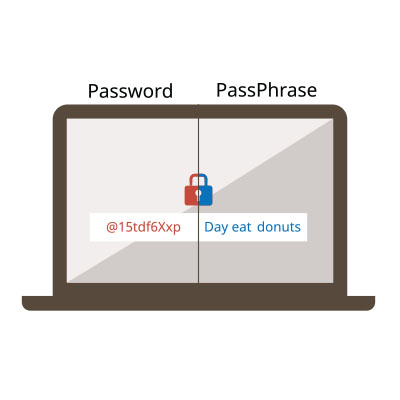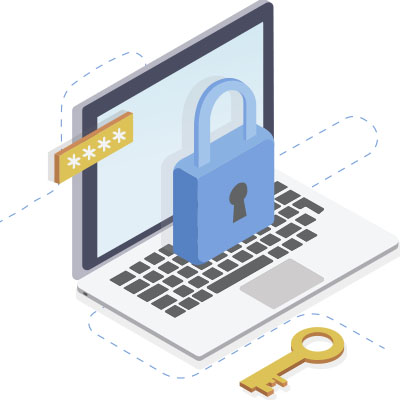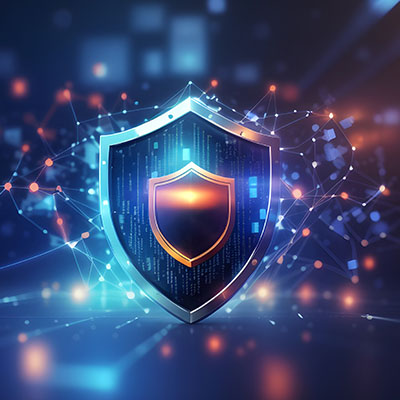Securing your accounts against unauthorized access begins with the implementation of a strong password. It’s crucial to recognize that not all passwords offer the same level of protection. Here are five essential guidelines to ensure the security of your accounts. Emphasize Complexity The strength of a robust password hinges on its complexity. Avoid easily predictable combinations like “123456” or “password.” Instead, construct a password that incorporates a mix of uppercase and lowercase letters, numbers, and special characters. This complexity significantly boosts the resilience of your password, rendering it more resistant to brute-force attacks. Adopt Unique Passwords for Each Account Reusing passwords across multiple accounts poses a common yet perilous risk. Should one account be compromised, all interconnected accounts become susceptible. To mitigate this risk, generate distinctive passwords for each online account. Utilizing a reputable password manager can assist in organizing and securely storing these intricate combinations. Prioritize Length Generally, longer passwords offer greater security. Aim for a minimum of 12 characters and, when possible, opt for even longer passwords. Extended passwords create a more extensive search space, heightening the challenge for attackers to crack them. Consider using a passphrase—a sequence of words or a sentence—for both lengthy and memorable passwords. Regularly Update Your Passwords Given the dynamic nature of the digital landscape and evolving cyberthreats, it is crucial to regularly update your passwords. Establish a routine to change passwords every three to six months, or sooner if a security breach is reported on a platform you use. This straightforward yet effective practice significantly reduces the risk of unauthorized access to your accounts. Enable Two-Factor Authentication (2FA) Two-factor authentication (2FA) provides an additional layer of security by demanding a second form of verification alongside your password. This typically involves receiving a code on your mobile device or email, which you must enter after inputting your password. Even if a malicious actor obtains your password, the second factor is essential for gaining access. Activate 2FA whenever possible to fortify your account security. For expert guidance in formulating your organization’s cybersecurity strategy, contact our knowledgeable consultants today at (603) 889-0800.
Safeguarding your business’ infrastructure from various threats is a well-known imperative. In discussions about network security, the term “endpoint” frequently arises. Exploring the significance of securing all endpoints is the focus of today’s article.
The effectiveness of your business’ IT security heavily relies on the functionality of your IT operations. Ensuring that your staff understands their role in safeguarding your business assets is imperative. Let’s delve into the essential priorities for establishing a robust security training platform—an indispensable element in fortifying your business’ IT defenses. Evaluate and Improve Your Security Posture You may be familiar with the term “security posture,” denoting how proactive an individual is in protecting themselves online. Given the prevalence of cloud-based applications and the growing adoption of remote work, employees play a crucial role in organizational cybersecurity. Enhancing security practices is of utmost importance. Consider these four key aspects to guide your cybersecurity strategy: Improving Employee Relatability Engaging individuals outside the security domain in network security demands creativity. Emphasize relatability by incorporating real-world examples in educational materials. Connect with employees who may have experienced identity theft or data leaks, illustrating how protective measures align with safeguarding personal data. Consistently Promote Security People are influenced by a security-rooted company culture, significantly impacting employee behavior. Consistently emphasize the importance of comprehensive security to resonate with your staff and effectively reinforce the message. Provide Consistent Training and Regular Testing While pushing the security agenda is crucial, it must be complemented with tailored training addressing specific issues. Employees should understand concepts such as avoiding phishing, knowing network resources, recognizing their role in data protection, practicing solid password management, and responding to security mistakes. Regular testing ensures ongoing awareness and understanding. Lead From the Front Acknowledge that network security might not be a primary concern for the average employee. Assure them that decision-makers address these issues while also recognizing their pivotal role in safeguarding the business. As a security mentor, adopt a supportive approach, providing documentation and resources to bridge understanding gaps. Emphasize the importance of following procedures rather than delving into intricate IT system details. At White Mountain IT Services, we can assist you in developing a comprehensive plan to protect your business end-to-end. Our consultants can help formulate procedures and a training plan, providing the necessary resources for enhanced security. For more information, contact us today at (603) 889-0800.
How much does your business rely on technology to keep your organization running forward? As business technology becomes more complex, it’s becoming increasingly popular for organizations to have their own internal IT departments to manage and maintain it. Yet, small businesses don’t often have the necessary funds for such a feat. How can your company afford quality IT service? You can start by pursuing managed IT solutions from a managed service provider.
There is no question that a small business can benefit from technology, as has been proven time and time again. However, an issue can arise if a business bites off more than it can chew, so to speak, and ultimately creates a spike in costs. A responsible business owner will resist this temptation and prioritize the solutions they need over the ones they want – building profitability and generating capital needed to make other improvements. In this blog, we’ll examine some of the implementations that can deliver a good return on investment to a small business.







